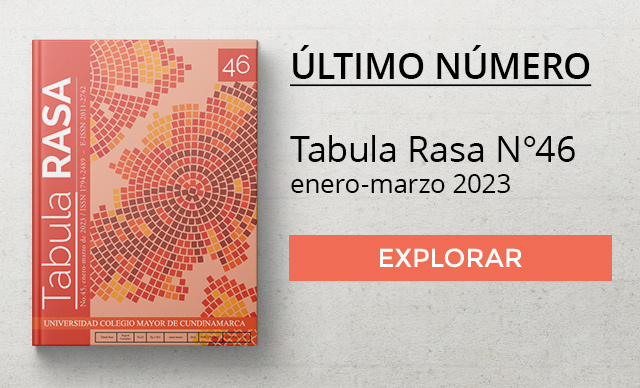https://doi.org/10.25058/20112742.n46.04
Jamille Pinheiro Dias
https://orcid.org/0000-0002-4852-1441
University of London, UK
jamille.pinheirodias@sas.ac.uk
Abstract:
In this paper, I consider intersections between environmental thinking and Indigenous art-making in recent scholarship and artistic production in Brazil, situating some of their contributions to Latin American Cultural Studies in recent years. I examine Stelio Marras, Joana Cabral de Oliveira, Marta Amoroso et al.’s Vozes vegetais: Diversidade, resistência e histórias da floresta (Plant Voices: Diversity, Resistance and Forest Histories, 2021) and Ailton Krenak’s A vida não é útil (Life is Not Useful, 2020a). I show that both works challenge extractivist paradigms and the hierarchisation of life forms. I then consider works by two Indigenous artists: Glicéria Tupinambá’s powerful reclaiming of the traditional Tupinambá cloak, and Denilson Baniwa’s critical engagements with museums and collectionism. By mapping some of the emerging directions in environmental thinking and Indigenous arts in Brazil, I argue that recent shifts in scholarship and artistic production in the country owe much to Indigenous approaches to interspecies relationality, offering valuable lessons about forms of creativity that resist commodification.
Keywords: Brazil, indigenous arts, environmental thinking, monoculture, mining, extractivism.







